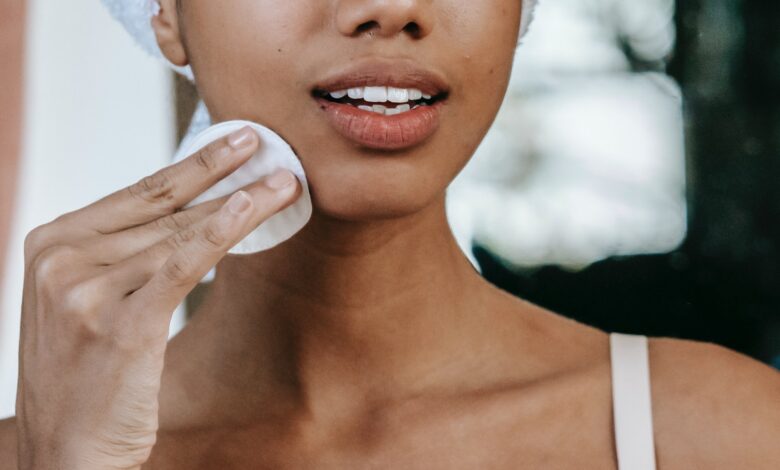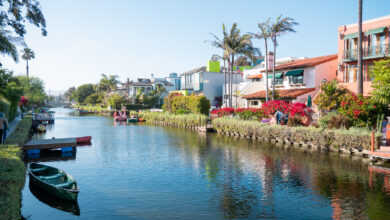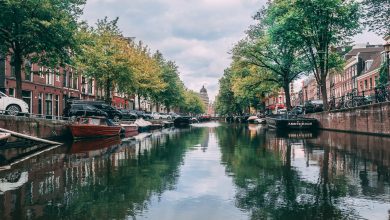
[ad_1]
Every country has its own traditional methods for doing a wide range of things, from cooking to fire-making. Many countries also have traditional skincare treatments that are still popularly used today. Here are some of the most interesting skincare treatment methods from around the world that you may like to try yourself.
Thailand
While lemongrass is most commonly used for flavouring, in Thailand it’s a go-to plant for skincare treatment. Lemongrass is antibacterial, so in Thailand, locals add the stalks to boiling water and steam their faces. The process helps to cleanse the skin and open the pores.
The Philippines
Today, aloe vera is widely used in skincare products around the world. In the Philippines, the plant has been used for soothing skin irritations for generations. Aloe vera has anti-inflammatory properties and its antimicrobial capabilities can help to prevent infections. It can also help with skin conditions like psoriasis, eczema, and rosacea. Furthermore, aloe vera gel helps to moisturize the skin without leaving any residue. If you have a skin condition like rosacea, it’s a good idea to get advice from professional dermatologists, such as those at Nava MD, to find the best treatment for your specific skin. But if you just want a good moisturizer and want to help clear up occasional skin irritations, you should consider taking a leaf out of the Filipinos’ book. In the Philippines, the locals simply cut a piece of aloe vera leaf and squeeze out the gel.
Japan
Azuki beans have been used in Japan since the 8th century, not only as a nutritious food but also as a skincare product. The beans are ground into a fine powder and applied to the skin. Azuki bean powder is a wonderful natural remedy for acne and diminishing fine lines. The beans are high in antioxidants. They also contain a foaming agent called saponin, which helps to cleanse and tighten pores. Furthermore, azuki bean powder that’s applied to the skin helps to remove dirt and dead skin cells and brighten the skin via stimulating blood circulation. No wonder so many Japanese people have such smooth complexions!
Africa
African baobab fruit trees are mostly found in Botswana, Mozambique, and South Africa. The trees are well known for living for hundreds or even thousands of years. In fact, the oldest trees are around five thousand years old. The oil of the baobab tree is full of nutrients and minerals, including calcium, vitamin E, fatty acids, uronic acid, phytosterols, and tannins, all of which help to keep skin healthy. The antioxidants of baobab oil also help to protect skin from free radical damage. Furthermore, baobab oil is an excellent moisturizer and can soothe conditions like psoriasis and eczema.
Israel
Every woman knows how refreshed her skin feels after wearing a mud face mask. But you may not have ever had the opportunity to try a mud mask from the Dead Sea. Mud masks in general are great for removing impurities and dead skin because they are loaded with healthy minerals, but mud from the Dead Sea in Israel has the additional benefit of containing salt and magnesium that can improve skin functionality and skin health.
China
The next time you rinse rice before cooking it, consider how many antioxidants are in the water before you pour it down the sink. People in China are fully aware of the antioxidant properties of so-called “rice water”. Many Japanese people regularly wash their faces in the water left over from rinsing rice to cleanse their skin. The skincare treatment method has been around since the Qing Dynasty, but it’s still popular in China today.
[ad_2]
Source link






